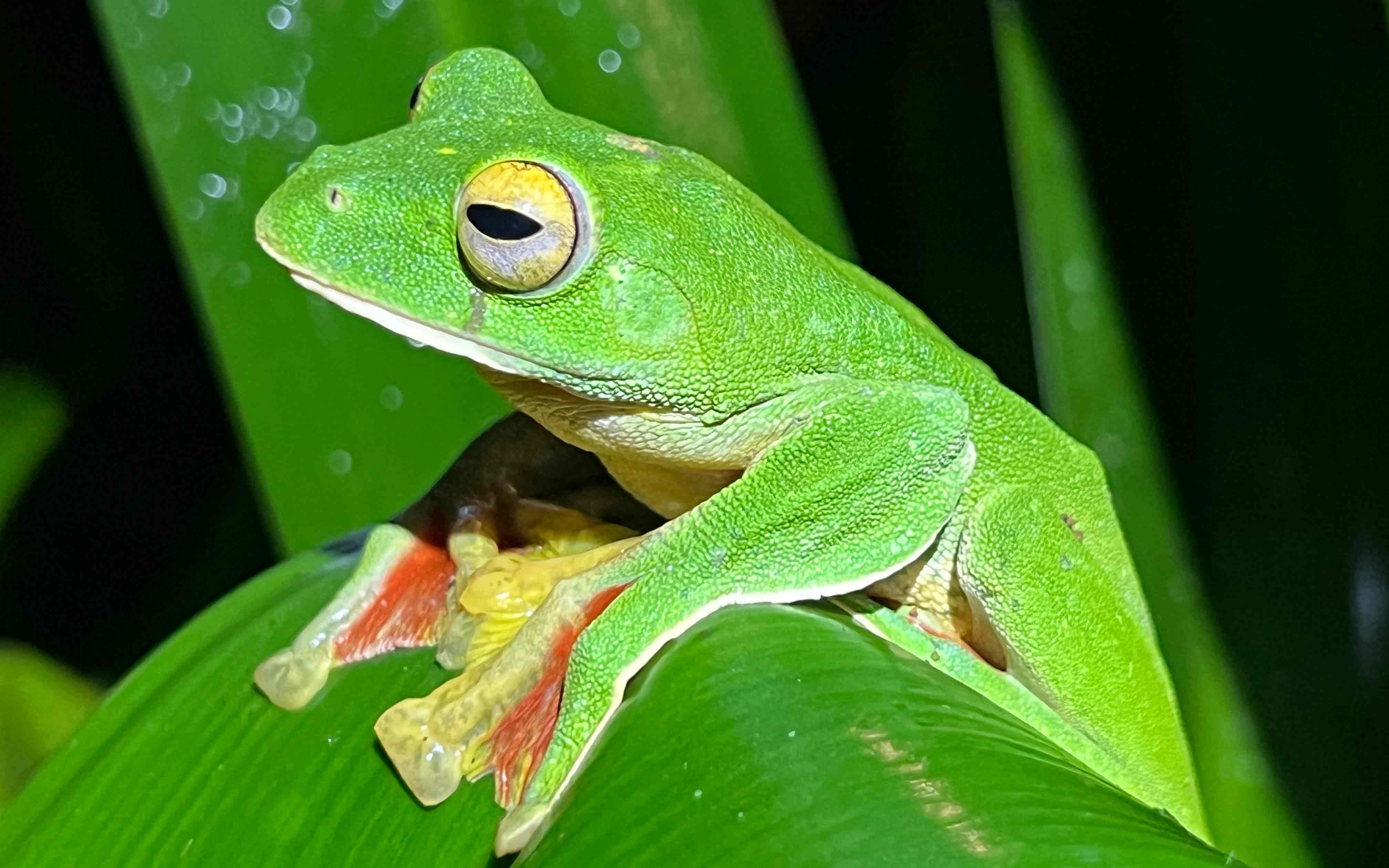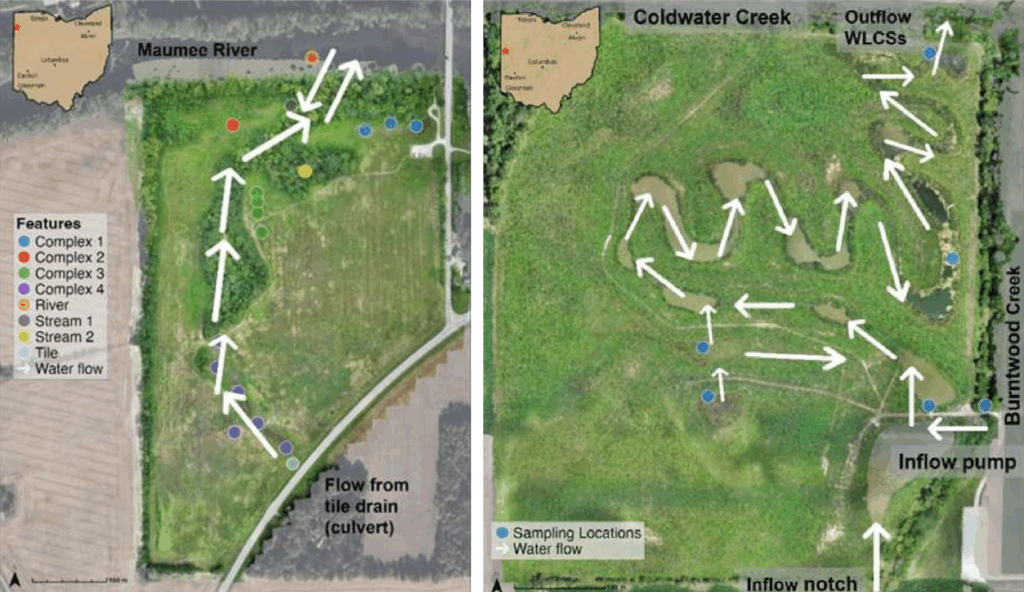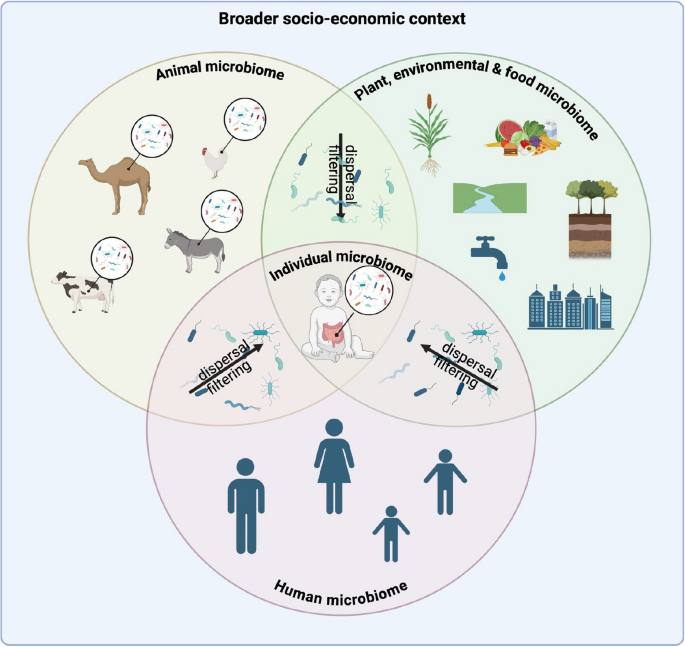Report on Recent Extinction Patterns and Implications for Sustainable Development Goals
1.0 Executive Summary
A study by the University of Arizona’s Department of Ecology and Evolutionary Biology challenges the assumption of a rapidly accelerating mass extinction. The research, published in the Proceedings of the Royal Society of London, analyzed 500 years of extinction data across nearly 2 million species. Key findings indicate that extinction rates peaked approximately a century ago and have since declined, largely due to a shift in primary threats. This report reframes the biodiversity crisis in the context of the Sustainable Development Goals (SDGs), emphasizing that historical extinction drivers are poor predictors of current threats, which necessitates a re-evaluation of conservation strategies to meet SDG 15 (Life on Land), SDG 14 (Life Below Water), and SDG 13 (Climate Action).
2.0 Analysis of Historical Extinction Trends
The study provides a comprehensive analysis of 912 documented extinctions over the past five centuries, revealing patterns that diverge from common narratives.
- Extinction Rate Peak: Contrary to the belief in an accelerating crisis, extinction rates for plants, arthropods, and land vertebrates peaked in the early 1900s and have shown a decline since.
- Historical Drivers: The primary cause of past extinctions, particularly among mollusks and vertebrates, was the introduction of invasive species by humans on isolated islands.
- Geographical Focus: Most historical extinctions were concentrated on islands and in continental freshwater habitats.
3.0 Shifting Threats and Direct Relevance to SDG 15: Life on Land
The research underscores a critical disconnect between past extinction causes and present-day threats to biodiversity. This distinction is vital for developing effective policies to achieve SDG 15.
3.1 From Invasive Species to Habitat Loss
The most significant finding is the shift in the primary driver of biodiversity loss. While invasive species were the main historical cause, the predominant current and future threat is habitat destruction on continents. This directly impacts the targets within SDG 15.
- Target 15.5 (Protect Threatened Species): The study shows that most currently threatened species are mainland organisms facing habitat loss, not island species threatened by predators. Conservation efforts must therefore prioritize habitat preservation to meet this target.
- Target 15.8 (Control Invasive Species): While historical data confirms the devastating impact of invasive species, the current threat landscape demands a dual focus. Efforts to meet this target remain critical, especially in vulnerable island ecosystems, but must be balanced with actions against habitat destruction.
- Target 15.1 (Conserve Terrestrial Ecosystems): The identification of habitat destruction as the leading modern threat reinforces the urgency of conserving and restoring terrestrial ecosystems, a cornerstone of SDG 15.
4.0 Implications for Other Sustainable Development Goals
The study’s findings extend beyond SDG 15, offering insights relevant to climate and aquatic ecosystem goals.
4.1 SDG 13: Climate Action
The analysis found no evidence that climate change was a significant driver of extinctions over the last 200 years. However, the authors caution that this does not diminish its importance.
- This finding highlights that climate change is a potent future threat to biodiversity.
- Achieving SDG 13 is therefore a proactive measure to prevent a future wave of extinctions driven by a factor that was not prominent in the past.
4.2 SDG 14: Life Below Water
The report notes that on continents, most historical extinctions occurred in freshwater habitats and among mollusks. This connects directly to the conservation goals of SDG 14, emphasizing the need to protect inland aquatic ecosystems from pollution, habitat degradation, and other anthropogenic pressures to prevent further loss.
5.0 Conclusion: The Role of Conservation in Achieving the SDGs
A key conclusion is that the observed decline in extinction rates over the past century is partially attributable to targeted conservation efforts. This provides evidence that investment and action, central to **SDG 17 (Partnerships for the Goals)**, can yield positive outcomes for biodiversity. The study advocates for a rigorous, data-driven approach that accurately identifies current threats. By focusing on the primary contemporary driver—habitat loss—while remaining vigilant about future risks like climate change, global conservation strategies can be better aligned to effectively achieve the biodiversity targets outlined in the Sustainable Development Goals.
1. Which SDGs are addressed or connected to the issues highlighted in the article?
-
SDG 15: Life on Land
This is the most central SDG to the article. The text is entirely focused on analyzing extinction rates, biodiversity loss, and threats to terrestrial species, including plants, arthropods, and land vertebrates. It directly discusses the primary causes of extinction, such as “destruction of natural habitats” and “invasive species,” which are core concerns of SDG 15.
-
SDG 14: Life Below Water
The article connects to this SDG by mentioning that on continents, “most extinctions were in freshwater habitats.” It also notes that extinctions were “most frequent among mollusks, such as snails and mussels,” many of which are aquatic species. This highlights the threat to biodiversity in aquatic ecosystems.
-
SDG 13: Climate Action
While the study found no evidence for increasing extinction from climate change in the last 200 years, it explicitly identifies climate change as a major future threat. The article states, “That does not mean that climate change is not a threat… It just means that past extinctions do not reflect current and future threats.” This directly links the discussion to the forward-looking goals of SDG 13.
2. What specific targets under those SDGs can be identified based on the article’s content?
-
Target 15.5: Take urgent and significant action to reduce the degradation of natural habitats, halt the loss of biodiversity and, by 2020, protect and prevent the extinction of threatened species.
The article’s entire analysis revolves around this target. It discusses historical and current extinction rates, the causes of biodiversity loss, and the status of threatened species. The finding that “habitat loss was the most important cause (and current threat) in continental regions” directly aligns with the need to reduce the degradation of natural habitats. The mention of conservation efforts that have led to declining extinction rates also supports this target.
-
Target 15.8: By 2020, introduce measures to prevent the introduction and significantly reduce the impact of invasive alien species on land and water ecosystems and control or eradicate the priority species.
The study identifies invasive species as a primary driver of past extinctions, stating that “past extinctions underlying these forecasts were mostly caused by invasive species on islands.” It specifies that “predators and competitors brought by humans, such as rats, pigs and goats” caused many species to go extinct, highlighting the importance of managing and preventing the spread of invasive species.
-
Target 14.2: By 2020, sustainably manage and protect marine and coastal ecosystems to avoid significant adverse impacts… and take action for their restoration.
This target is relevant due to the article’s finding that “on continents, most extinctions were in freshwater habitats.” This points to the vulnerability of aquatic ecosystems and the need for their protection, which is the core of Target 14.2.
-
Target 13.2: Integrate climate change measures into national policies, strategies and planning.
The article’s conclusion that climate change is a significant future threat, despite not being a major cause of past extinctions, underscores the importance of this target. The study argues that it is “problematic to extrapolate these past extinction patterns into the future, because the drivers are rapidly changing, particularly with respect to habitat loss and climate change.” This implies a need to integrate forward-looking climate change measures into conservation planning.
3. Are there any indicators mentioned or implied in the article that can be used to measure progress towards the identified targets?
-
Red List Index (Indicator 15.5.1)
The article explicitly mentions the data used to measure the status of species. It states, “The authors also considered threat levels – for example ‘threatened,’ ‘endangered’ or ‘least concern,’ – for 163,000 species as assessed by the International Union for Conservation of Nature.” This assessment is the basis for the Red List Index, which tracks the overall extinction risk for groups of species.
-
Measures of Extinction Rates
The study is fundamentally about analyzing “rates, patterns and causes of recent extinctions.” The researchers found that “extinction rates are not getting faster towards the present… but instead peaked many decades ago.” The rate of extinction is a direct, albeit lagging, indicator of the success or failure of efforts to halt biodiversity loss.
-
Identification of Drivers of Extinction
The article implies an indicator related to tracking the causes of biodiversity loss. It differentiates between past drivers (“invasive species on islands”) and current threats (“destruction of natural habitats”). Monitoring the prevalence and impact of these drivers is essential for measuring progress in mitigating them, which is relevant to targets like 15.5 and 15.8.
4. Create a table with three columns titled ‘SDGs, Targets and Indicators” to present the findings from analyzing the article.
| SDGs | Targets | Indicators |
|---|---|---|
| SDG 15: Life on Land | Target 15.5: Halt biodiversity loss and prevent the extinction of threatened species. | Indicator 15.5.1 (Red List Index): The article directly refers to the threat levels (“threatened,” “endangered”) assessed by the IUCN, which form the basis of this index. It also discusses extinction rates as a direct measure of biodiversity loss. |
| SDG 15: Life on Land | Target 15.8: Prevent and control invasive alien species. | Implied Indicator: Tracking the impact of invasive species. The article identifies invasive species as the primary cause of past extinctions on islands, implying the need to monitor and measure their impact to assess progress. |
| SDG 14: Life Below Water | Target 14.2: Protect and restore marine and coastal ecosystems. | Implied Indicator: Rates of extinction in freshwater habitats. The article’s finding that most continental extinctions occurred in freshwater habitats suggests that tracking biodiversity loss in these specific ecosystems is a key measure of their health. |
| SDG 13: Climate Action | Target 13.2: Integrate climate change measures into policies. | Implied Indicator: Analysis of climate change as a current and future threat to species. The article’s distinction between past drivers and future threats (including climate change) implies the need for forward-looking risk assessments to inform policy. |
Source: news.arizona.edu






